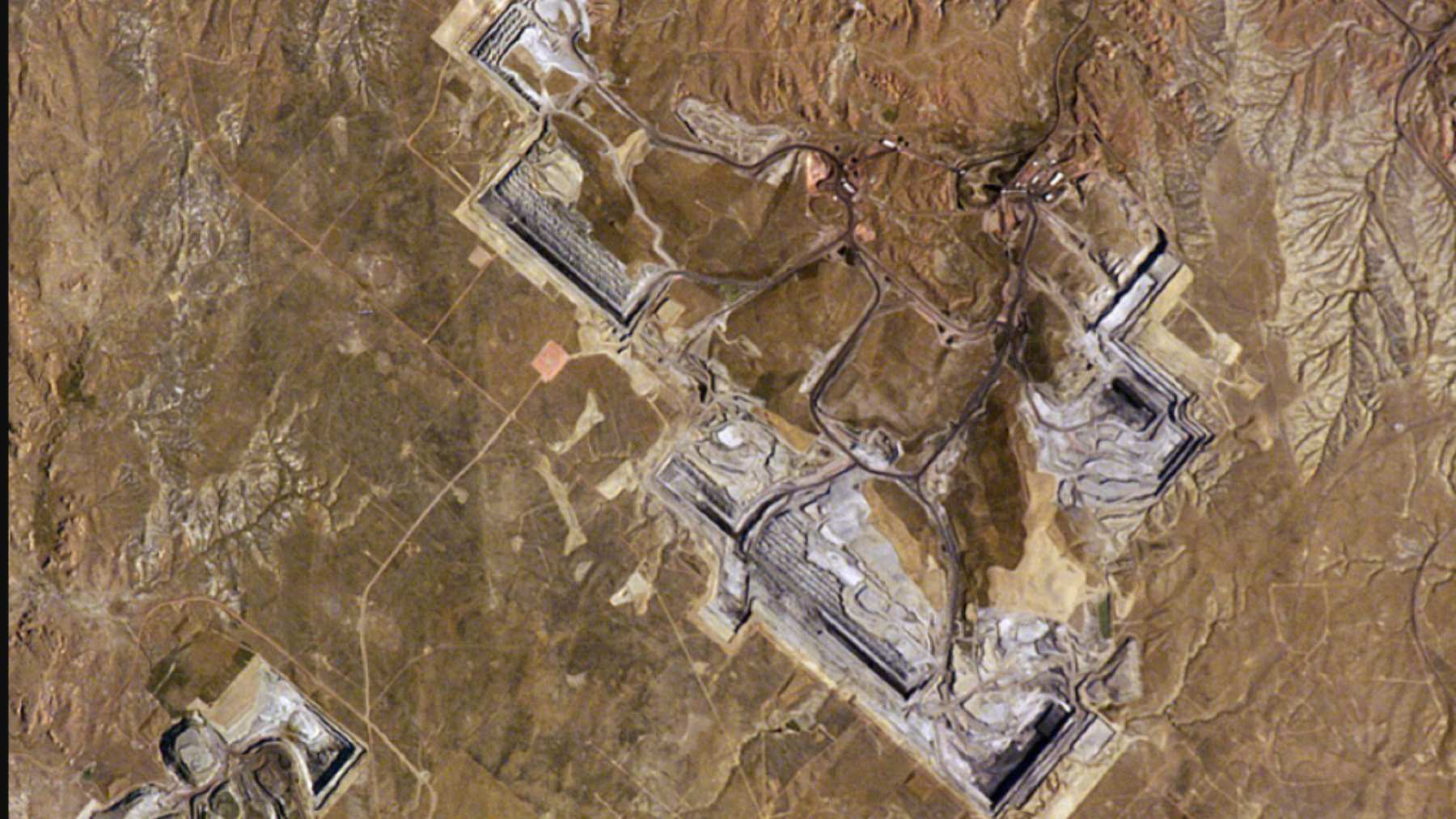The U.S. Department of the Interior is in favor of “black energy” yet again, as per the decision to expand the Antelope Mine in Wyoming that will see 14,5 million tons of additional coal being cleared for takeoff. Mining operations have been extended to 2037, and this marks a significant turning point in terms of the Trump Administration’s mission to strengthen energy independence. This foundational fuel may very well be rewriting America’s energy portfolio.
The strategic decision to expand Antelope Mine
Antelope Mine is located in Converse County, Wyoming, and is operated by Navajo Transitional Energy Company (NTEC). The Antelope Mine is also part of the Powder River Basin, which is the largest coal-producing region in America. Recently accepted was the West Antelope II South Tract Mining Plan Modification, which enables coal production and extraction until 2037 on this 857-acre land.
Found on this site is low-cost and low-sulphur coal, best known for its cleaner burning properties. The Antelope Mine is also a desirable location for coal mining, as the coal can be shipped around the country. President Donald Trump seems keen to live up to his promise to look closely into America’s coal and, in turning the focus on coal extraction, revitalize America’s energy potential.
Although the decision to shift the focus to the coal that can be extracted from Antelope Mine seems to be focusing on the coal itself, there is more that makes this decision a strategic one. Energy security will be enhanced in the process, and more jobs will be created in the long run. Communities that rely on coal to run their homes will also be supported by this strategic decision to expand operations at Antelope Mine.
Environmental implications of expanding operations at Antelope Mine
The Office of Surface Mining Reclamation and Enforcement made sure to conduct a full assessment of the mining operation before granting approval for extension, and this assessment was in line with the National Environmental Policy Act (NEPA). Upon review, the expansion of mining activities should have “no impact,” and thus it was confirmed that mining for coal would not cause any harm to the wildlife, water, or air quality.
More modernized environmental safety measures were also put in place to ensure that mining activities remain safe. Wildlife monitoring protocols have been initiated and water management plans drawn up to ensure that water does not get contaminated in any way. Alongside these measures, dust suppression systems have been put in place to ensure that the quality of the air at Antelope Mine remains protected.
Such measures were deemed necessary as per the strategy to expand Antelope Mine and increase coal extraction without causing any harm to the environment.
Exploring the implications linked with expanding mining activities
Thus far, the results of expansion have been more positive than negative, with 359 full-time jobs being secured. For this project, competitive wages are being offered, which is great for employees looking to sustain and help their families financially.
Aside from just job creation, the possibility of extracting coal has benefits for American citizens, too. The coal industry has, for far too long, been associated with energy production. America is now focused on the biggest treasures in history that can be found in mines and glowing at the bottom of the ocean.
President Trump’s energy agenda became clearer
President Trump understands that the United States requires a renewable energy mix that depends on photovoltaic solar solutions, harnessing wind power, and the extraction of green and blue hydrogen. As America moves away from oil and gas extraction, the statement by the U.S. Department of the Interior shares that the possibility of unlocking 14,5 million tons of coal at Antelope Mine and, in doing so, coal’s role in national energy policy will be reclaimed. There is, however, more than one core source of ‘black energy’ in America.
Disclaimer: Our coverage of events affecting companies is purely informative and descriptive. Under no circumstances does it seek to promote an opinion or create a trend, nor can it be taken as investment advice or a recommendation of any kind.














